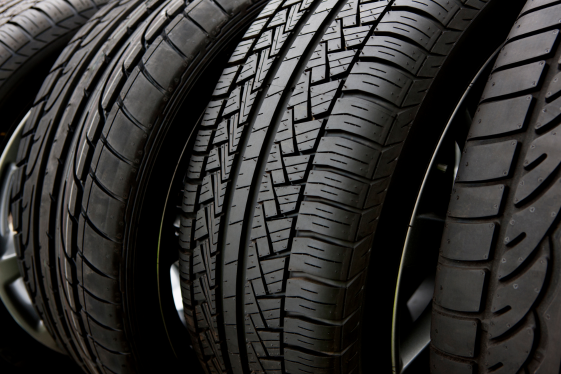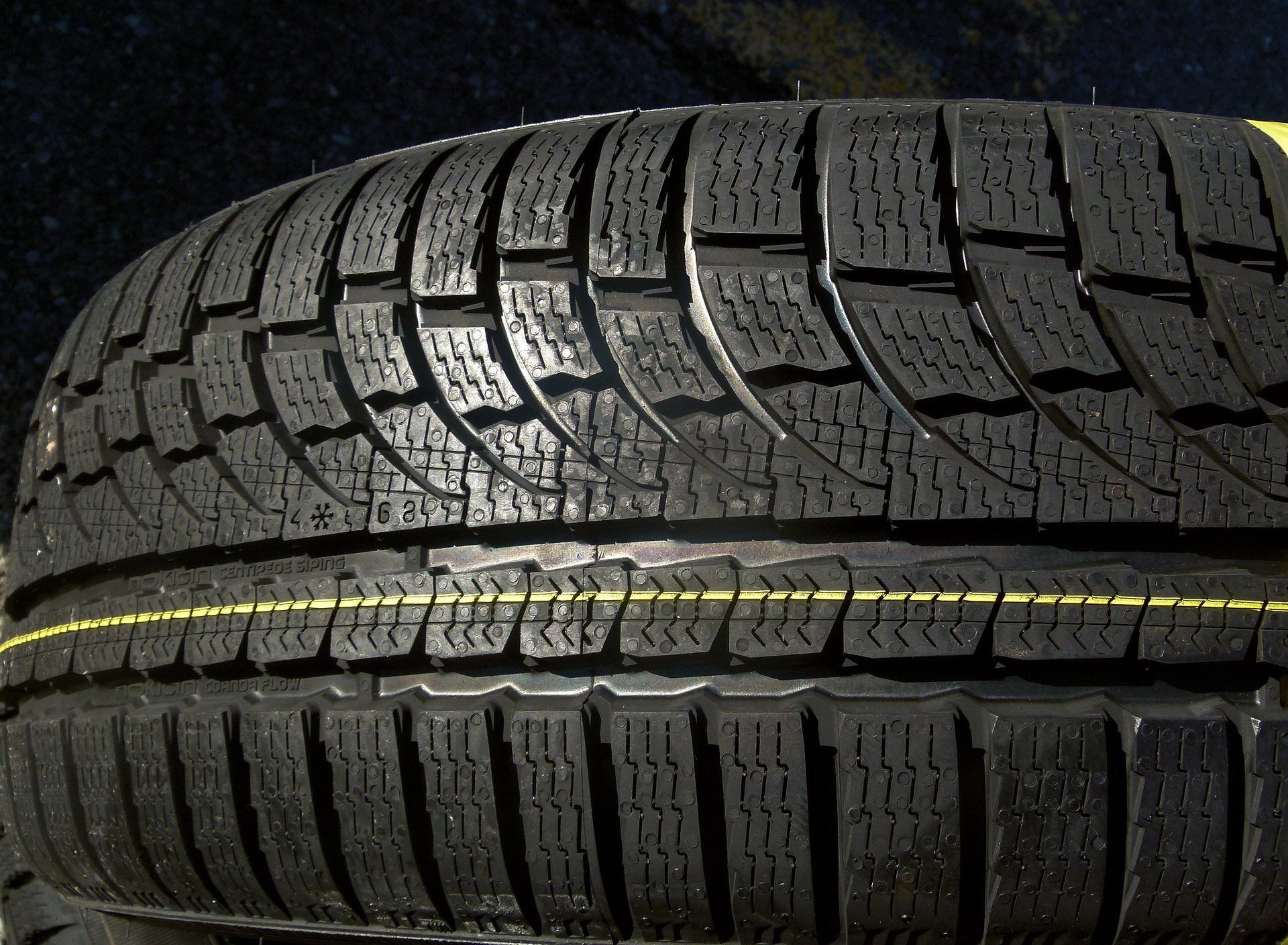
Where the rubber meets the road!- great tips for buying tyres (Part 2)
Where the rubber meets the road! –
great tips for buying tyres (Part 2)
Recently, we wrote about 4 tips for buying new tyres for your vehicle.
In this edition, we continue with another 5 important tips for buying vehicle tyres.
5. Consider the wheels. One of the most popular customization options on vehicles these days is a new set of rims. If your current wheels are worn or damaged, you might want to consider buying a new set when you replace your tyres.
There’s more than appearance to consider when you buy wheels, however. Try to match size as closely as possible to the manufacturer’s originals. Even though bigger wheels might look great on your vehicle, there’s some complicated math to making sure that the tyres and wheels match the vehicle.
The bigger the wheel, the lower the aspect ratio tyre you’ll be able to use. In order to make the vehicle handle and turn properly, the outside diameter of the tyre has to remain the same as the original tyres as the wheel gets bigger — which means shorter sidewalls.
The sidewall is very important to handling, and it’s also very important to comfort and noise. The shorter the sidewall, the less it will be able to flex when the vehicle turns — great for sporty handing — and the less it will be able to absorb bumps and pavement irregularities. So a bigger wheel might lead to a harsher ride, and a squirrelly vehicle.
Additionally, the fact that custom wheels are often heavier than stock ones means they can negatively impact the suspension or fuel mileage.
That said, you still might want to put bigger wheels on your ride. Perform some serious research before you make that decision, and be careful not to sacrifice too much handling and safety for appearance.
6. Buy a full, matching set. Though you may be tempted to cut corners, and just replace the tyre/s that are most worn, modern suspension technology is designed to work best with a matching set of tyres. By replacing all four at once, you’ll be able to maintain your tyres better (more on that later), evaluate and repair suspension problems before they become major, and achieve the highest degree of safety and predictable handling.
7. Check on your spare. This is a great time to have your spare tyre inspected, and replaced if necessary. If your vehicle uses a full-size spare and you’re replacing your tyres with the same make, model and size, have your tyre guy save the best used tyre for a spare.
8. Break in your new tyres carefully. There’s a release agent used during the manufacturing process, and it can leave a residue on the treads of new tyres. There’s a possibility that your tyres will have less grip than expected until the residue wears off, especially in wet conditions. Allow about 1000kms of break-in time before you push your tyres hard on cornering, and anticipate longer than usual braking distances, just to be safe.
9. Maintain your new tyres. Check for proper inflation on a regular basis. Keeping your tyres properly inflated will improve your gas mileage and will greatly improve your tyres’ longevity. You should get satisfactory life and wear by maintaining proper air pressure, and by keeping up a consistent rotation schedule. Rotate your tyres every time you change your oil — even if they don’t show signs of wear.


